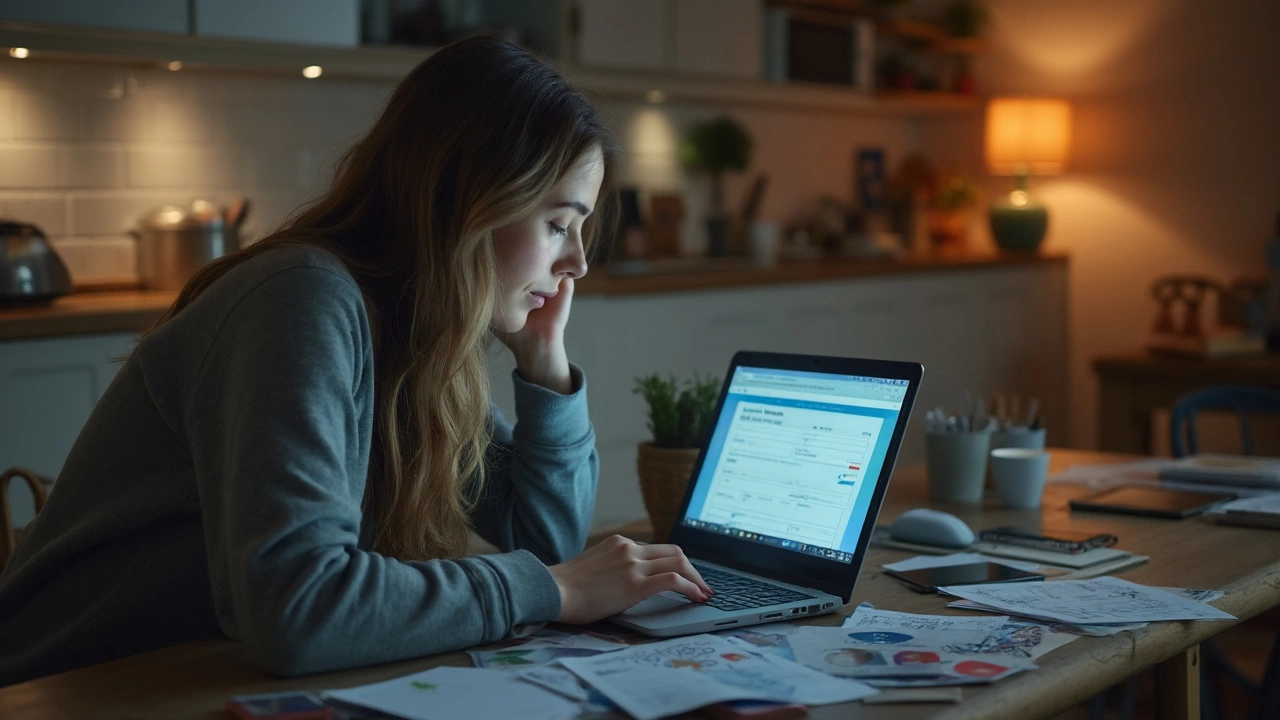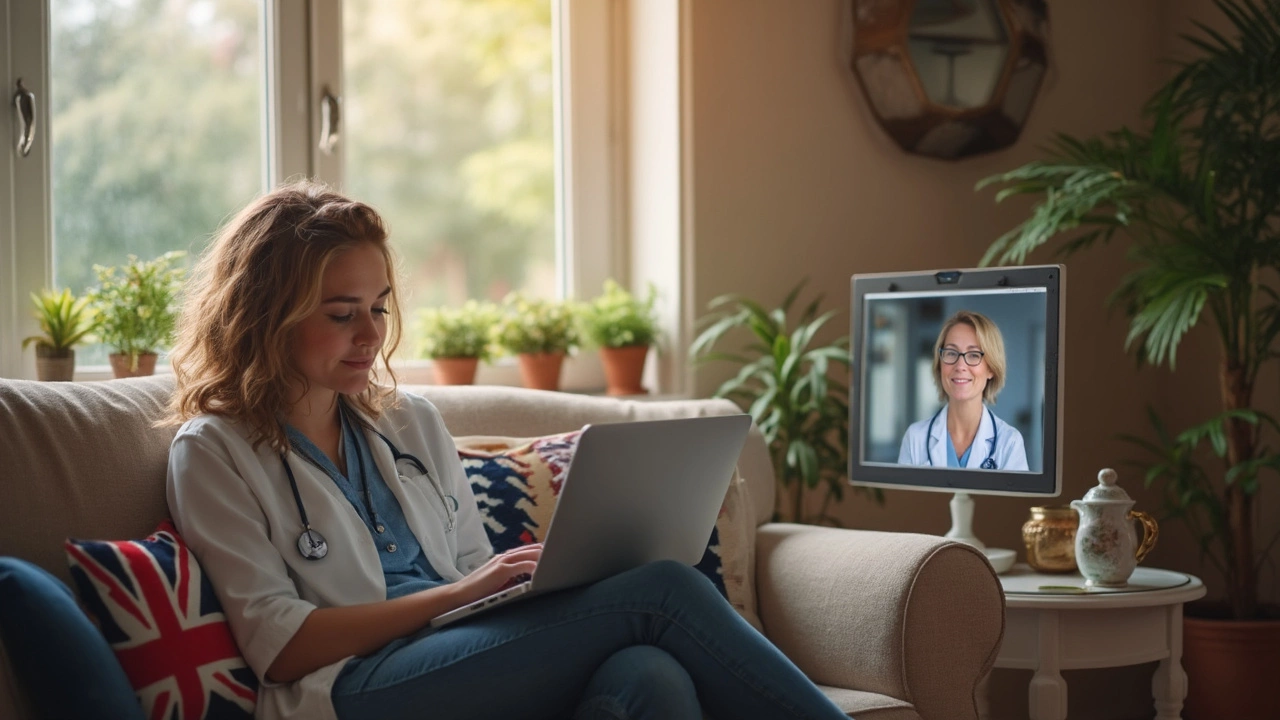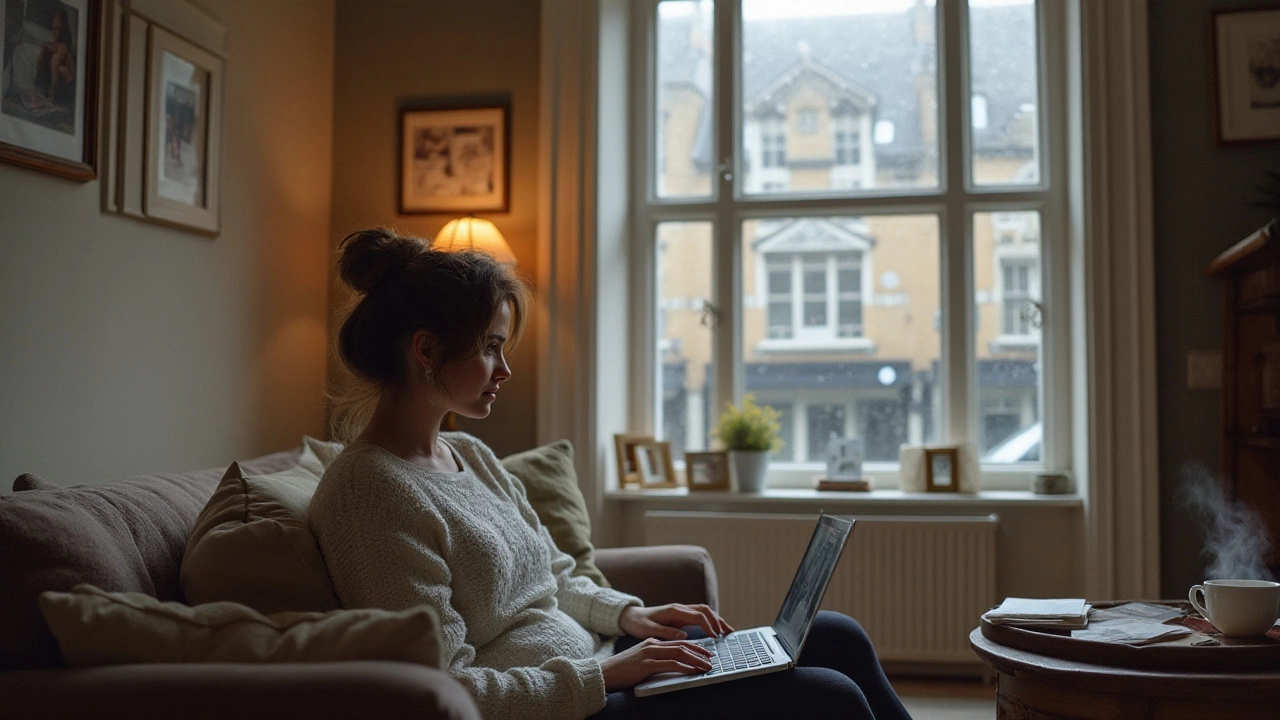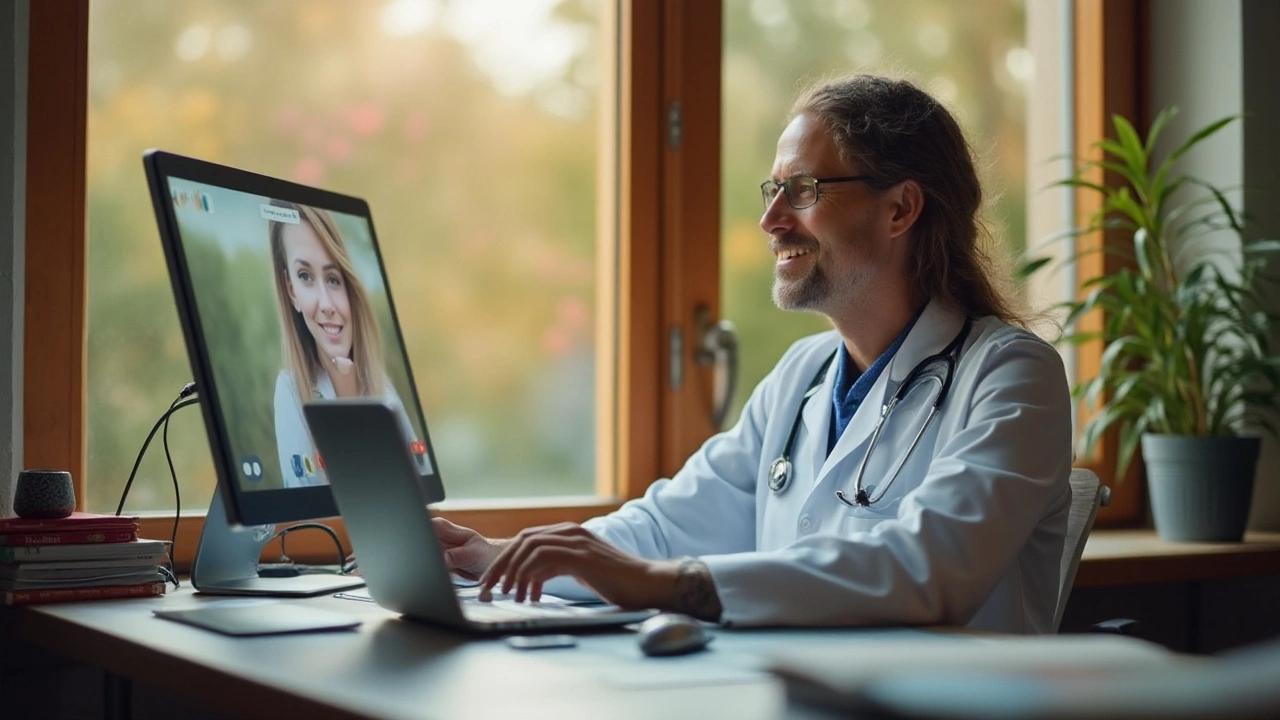Telemedicine: Your Quick-Start Guide to Seeing a Doctor Online
Ever wondered why so many people are chatting with doctors over video instead of sitting in a waiting room? Telemedicine lets you get medical advice from the comfort of your couch, and it’s become a mainstay of UK and global healthcare in 2025. Below you’ll find the basics, the perks, and a few do‑it‑yourself tips so your virtual visit runs without a hitch.
How Telemedicine Works
First up, the tech. Most providers use a secure video platform that meets NHS data‑privacy rules or similar standards elsewhere. You’ll usually book an appointment through a website or an app, pick a time slot, and receive a link to join the call. Some services also offer chat‑only or phone options for quick follow‑ups.
When the call starts, you’ll see the clinician’s face, just like a FaceTime chat. They’ll ask about symptoms, review any photos you upload, and may request a brief physical exam you can do yourself—like pressing on a sore spot or checking your pulse. If they need lab work, they’ll send an e‑prescription to a local pharmacy or arrange a test centre visit.
Because everything is digital, you’ll get a written summary straight to your inbox. That includes medication instructions, follow‑up steps, and links to reputable resources. If you’re in New Zealand, for example, the same system lets online doctors prescribe medication under strict local rules, making it easier to start treatment quickly.
Tips for a Smooth Virtual Visit
1. Test your gear first. Open the video app 10‑15 minutes before the appointment, check your camera, microphone, and internet speed. A quick test call to a friend can save you from awkward freezes.
2. Choose a quiet spot. Background noise can make it hard for the clinician to hear you. A spare bedroom or a closed bathroom works fine. Turn off TV and mute other devices.
3. Have your info handy. Keep a list of current meds, allergies, and recent test results nearby. If you’ve taken over‑the‑counter meds, note the doses.
4. Use good lighting. Natural light from a window or a lamp in front of you helps the doctor see your face and any skin issues clearly.
5. Prepare questions. Jot down anything you’re unsure about—dosage, side effects, follow‑up timing. It’s easy to forget once the call ends.
Telemedicine also brings a few hidden benefits. You save travel time, avoid crowded clinics, and often get quicker appointments for non‑urgent issues. Costs are usually lower, and many NHS‑linked services reimburse the virtual consult.
Safety is a common worry, but reputable platforms encrypt data end‑to‑end, and clinicians follow the same privacy standards they would in a physical office. If you ever feel the remote setting isn’t enough—for example, if you need a physical exam or imaging—your doctor will refer you to a local facility.
In short, telemedicine is a practical, affordable, and secure way to get routine care, mental‑health support, and even specialist advice without leaving home. Give it a try for your next non‑emergency health question, and you’ll see why millions have already made the switch.
Can You Trust Online Prescriptions? What You Need to Know Before You Click
Are online prescriptions legit or a risky shortcut? This article breaks down how online doctor consultations really work, the red flags to watch for, and how to spot trustworthy providers. You'll find out what to expect from a virtual prescription experience, the laws that protect you, and real tips to stay safe. Don't let convenience cloud your judgment—know the facts before you order meds online.
Prescription Online: Can You Get One Without Seeing the Doctor?
Getting a prescription online without an in-person visit is possible, but it's not as simple as clicking a button. This article breaks down how online prescriptions work, the legal stuff you need to know, and what it actually costs. Discover tips to safely use virtual health services and avoid unexpected fees. Learn how telemedicine is changing healthcare—even for those who hate waiting rooms. Get the facts before you start searching for that quick online fix.
Can a Virtual Doctor Prescribe Antibiotics? What You Need to Know
Wondering if a virtual doctor can prescribe antibiotics? Find out how online medical consultations work, when antibiotics can be prescribed online, and when in-person care is needed. This article untangles legal and safety rules, shares tips for using telemedicine, and answers what to expect during a virtual visit. Learn how online doctors handle your health quickly and safely without stepping out your front door.
Best Online Doctor: How to Pick the Right Telehealth Service
Trying to figure out which online doctor is best can feel like shopping for shoes online – overwhelming, with too many options. This article breaks down the top things to look for when choosing a virtual doctor, from reliability and cost to appointment speed. You’ll get real examples, insider tips, and ways to dodge common mistakes that can waste time and money. Whether you want a quick prescription refill or a full checkup, you’ll know what works and what doesn’t by the end. No medical jargon, just the straight facts you need.
How to Easily Get Emergency Amoxicillin with Online Doctor Consultations
Need amoxicillin in a hurry? Online doctor consultations have made accessing emergency antibiotics like amoxicillin simple and quick. With the rise of telemedicine, you can consult a licensed healthcare provider from the comfort of your home without the wait. This guide will explain how you can efficiently secure an emergency prescription to ensure timely treatment.
Is Online Doctor Consultation Free? A Comprehensive Guide
Online doctor consultations have revolutionized access to healthcare by enabling people to seek medical advice from the comfort of their homes. Many platforms offer these services, with some providing free consultations and others requiring a fee. Navigating the world of online medical advice can be complex, and understanding the pros and cons of free versus paid services is crucial. This article explores various platforms, the nature of their services, and tips for making the most of online consultations.
Comprehensive Guide to Online Doctor Prescription Services
In this digital age, online doctor consultations have become a convenient choice for many. These services allow patients to obtain prescriptions without the need for face-to-face visits. In this article, we delve into what medications can be prescribed by online doctors, how the process works, and what limitations exist. Explore the legal and practical aspects of telemedicine prescriptions to better understand your options.







